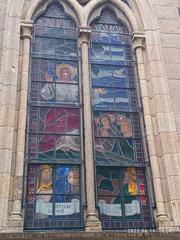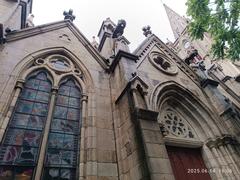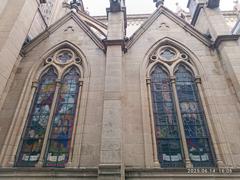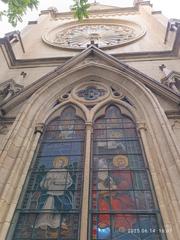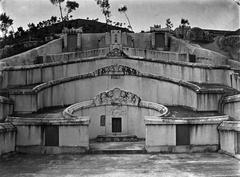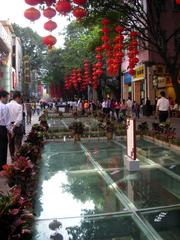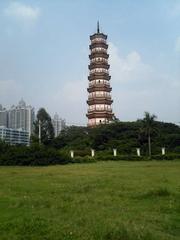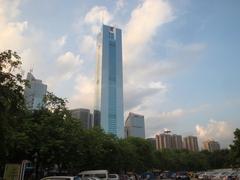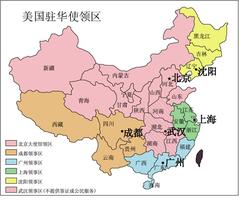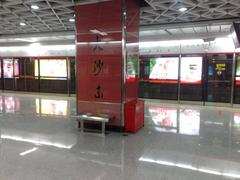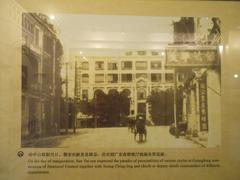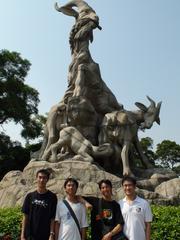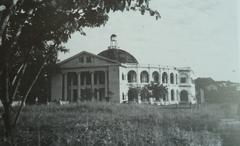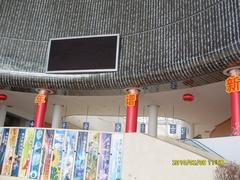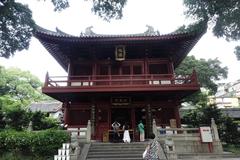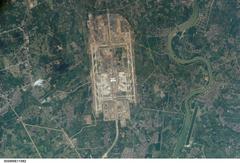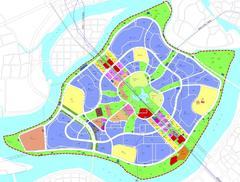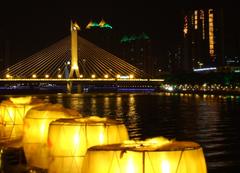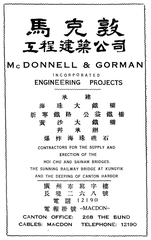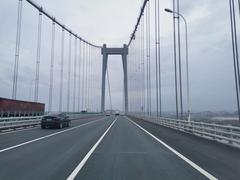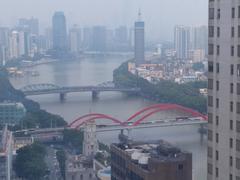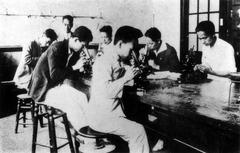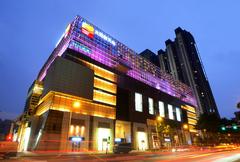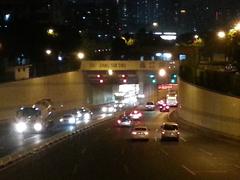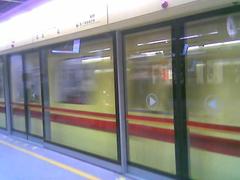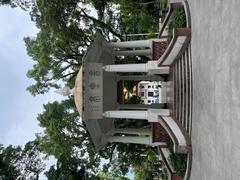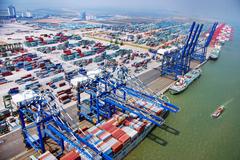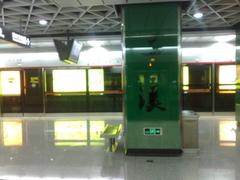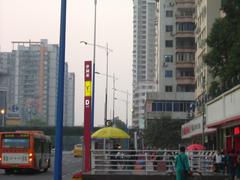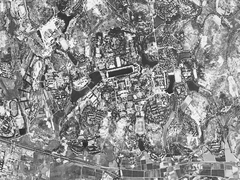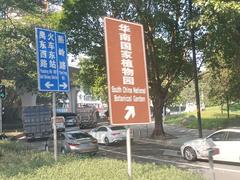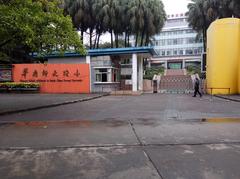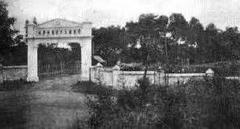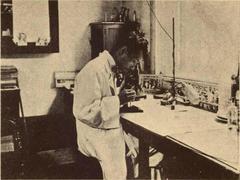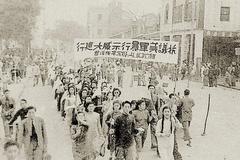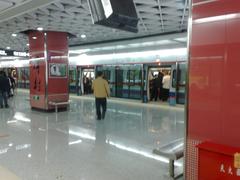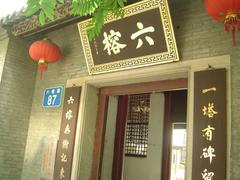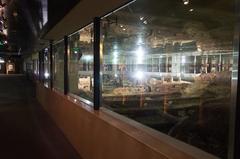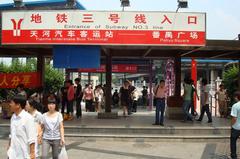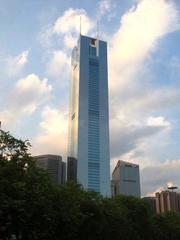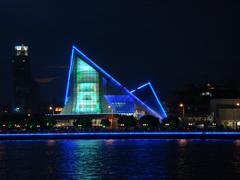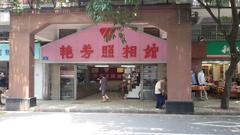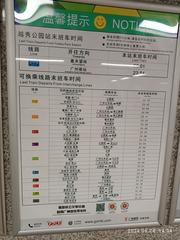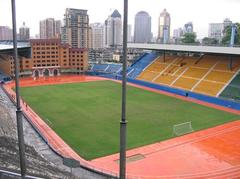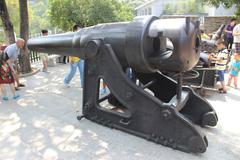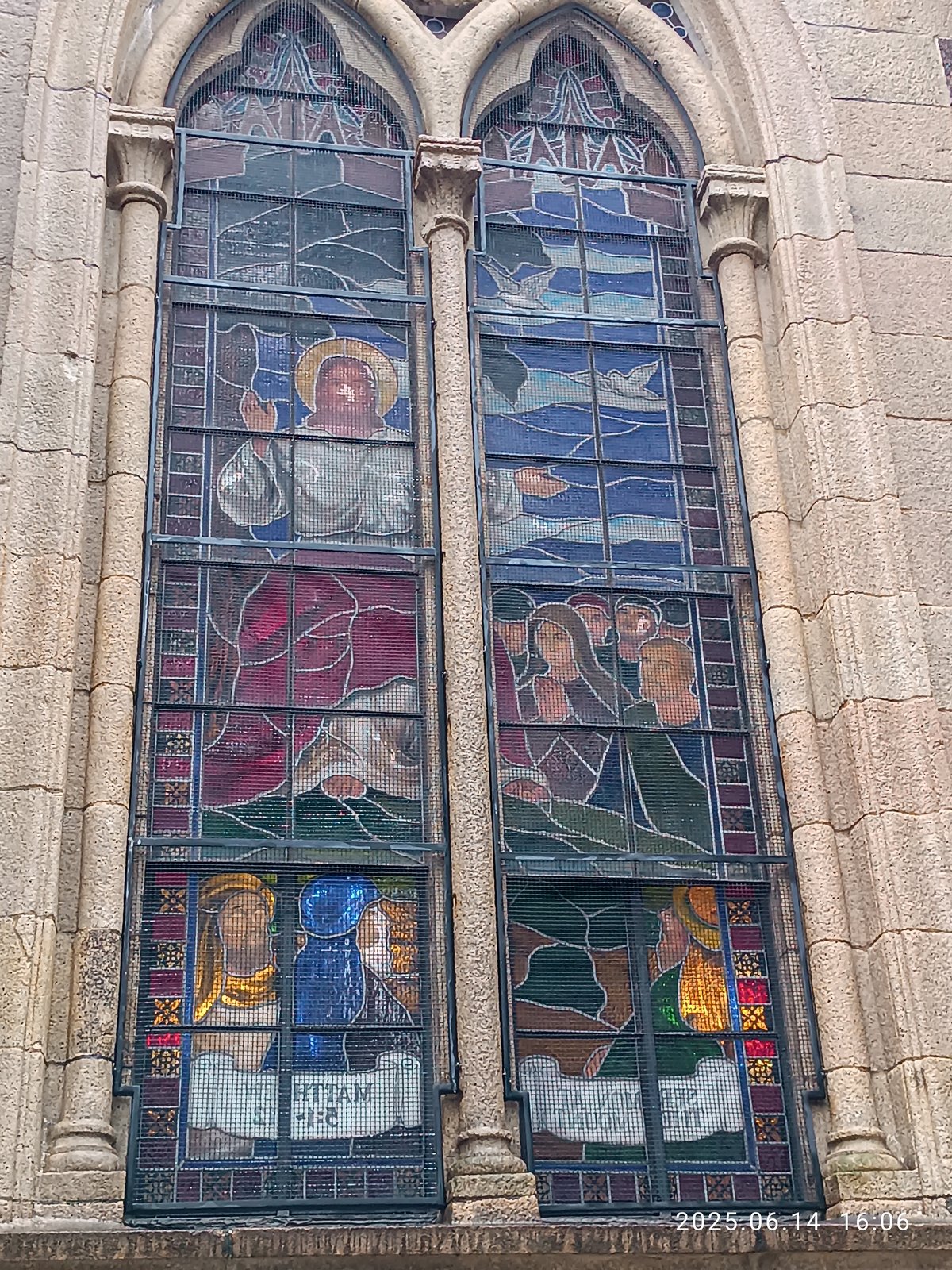
Comprehensive Guide to Visiting Binjiang Middle Road, Guangzhou, People’s Republic of China
Date: 19/07/2024
Introduction
Nestled in the heart of Guangzhou, 滨江中路 (Binjiang Zhonglu) is a fascinating blend of historical significance and modern-day allure. Translating to “Middle Riverside Road,” this iconic street has played a pivotal role in the development of Guangzhou, serving as a vital artery for commerce and cultural exchange along the Pearl River. The history of Binjiang Zhonglu dates back to Guangzhou’s early days as a crucial port city, and its evolution reflects the city’s transformation from a traditional trade hub to a cosmopolitan metropolis. Rich in cultural heritage and architectural splendor, Binjiang Zhonglu offers an unforgettable experience for history enthusiasts, architecture lovers, and curious travelers. This comprehensive guide will cover its rich historical background, practical visitor information, nearby attractions, and much more to ensure a memorable visit to this iconic street in Guangzhou (source).
Table of Contents
- [Introduction](#introductionintroduction)
- [Historical Background](#historical-backgroundhistorical-background)
- [Early Development and Significance](#early-development-and-significanceearly-development-and-significance)
- [The Qing Dynasty Era](#the-qing-dynasty-erathe-qing-dynasty-era)
- [Colonial Influence and Architectural Heritage](#colonial-influence-and-architectural-heritagecolonial-influence-and-architectural-heritage)
- [The Republican Era and Modernization](#the-republican-era-and-modernizationthe-republican-era-and-modernization)
- [Post-1949 Developments](#post-1949-developmentspost-1949-developments)
- [Cultural and Social Significance](#cultural-and-social-significancecultural-and-social-significance)
- [Preservation Efforts](#preservation-effortspreservation-efforts)
- [Visiting Information](#visiting-informationvisiting-information)
- [Ticket Prices](#ticket-pricesticket-prices)
- [Visiting Hours](#visiting-hoursvisiting-hours)
- [Travel Tips](#travel-tipstravel-tips)
- [Nearby Attractions](#nearby-attractionsnearby-attractions)
- [Accessibility](#accessibilityaccessibility)
- [FAQ](#faqfaq)
- [Conclusion](#conclusionconclusion)
Historical Background
Early Development and Significance
Binjiang Zhonglu’s history dates back to Guangzhou’s early days as an essential port city. Known historically as Canton, Guangzhou has long been a gateway for trade between China and the rest of the world. Positioned along the Pearl River, Binjiang Zhonglu has been crucial for commerce and cultural exchange.
The Qing Dynasty Era
During the Qing Dynasty (1644-1912), Guangzhou was one of the few Chinese ports open to foreign trade, particularly after the Treaty of Nanking in 1842. Binjiang Zhonglu was integral to the bustling waterfront that facilitated the exchange of goods such as silk, tea, and porcelain. The road was lined with warehouses and trading houses operated by foreign merchants, marking the beginning of Guangzhou’s transformation into a cosmopolitan hub.
Colonial Influence and Architectural Heritage
The late 19th and early 20th centuries brought significant colonial influence, particularly from the British and French. Binjiang Zhonglu became a focal point for colonial architecture, with many buildings reflecting a blend of Western and traditional Chinese styles. Notable structures include the nearby Shamian Island buildings, showcasing European neoclassical and baroque styles, now preserved as historical sites.
The Republican Era and Modernization
The establishment of the Republic of China in 1912 brought significant changes to Guangzhou and Binjiang Zhonglu. The road remained a vital commercial hub and became a center for political and social activities, witnessing numerous demonstrations and political gatherings during the 1920s and 1930s.
Post-1949 Developments
After the founding of the People’s Republic of China in 1949, Guangzhou underwent extensive urban planning and modernization. Binjiang Zhonglu was widened, with many older buildings renovated or replaced. Despite modernization, efforts were made to preserve the area’s historical and cultural significance, blending old and new structures.
Cultural and Social Significance
Binjiang Zhonglu is also a cultural landmark, home to several museums and cultural institutions celebrating Guangzhou’s rich heritage. The Guangzhou Museum, located nearby, offers extensive exhibits on the city’s history, including Binjiang Zhonglu’s role. The road hosts cultural festivals and events, such as the annual Dragon Boat Festival, attracting thousands of visitors.
Preservation Efforts
Recent years have seen concerted efforts to preserve Binjiang Zhonglu’s historical and cultural heritage. The Guangzhou municipal government has implemented policies to protect historical buildings and promote cultural tourism, supported by local communities and heritage organizations.
Visiting Information
Ticket Prices
Most areas of Binjiang Zhonglu are accessible for free. However, entry fees may apply to specific museums or cultural sites along the road. It is advisable to check the official websites of these venues for up-to-date ticket prices.
Visiting Hours
Binjiang Zhonglu itself is open 24/7, but individual attractions along the road may have specific visiting hours. For example, the Guangzhou Museum typically operates from 9 AM to 5 PM. Always check the latest visiting hours before planning your visit.
Travel Tips
- Best Time to Visit: Spring and autumn are ideal for visiting due to the pleasant weather.
- Transportation: Binjiang Zhonglu is well-connected by public transportation, including buses and the Guangzhou Metro. The nearest metro station is Haizhu Square (Line 2).
- Photography Spots: Capture stunning views of the Pearl River and colonial architecture along the road.
- Guided Tours: Consider joining a guided tour to gain deeper insights into the historical and cultural significance of Binjiang Zhonglu.
Nearby Attractions
- Shamian Island: Just a short distance from Binjiang Zhonglu, this island is renowned for its colonial architecture and scenic beauty.
- Pearl River Night Cruise: Enjoy a boat cruise along the Pearl River for spectacular nighttime views of Guangzhou.
- Guangzhou Cultural Park: A nearby park offering a peaceful retreat with cultural exhibits and performances.
Accessibility
Binjiang Zhonglu is relatively accessible, with pedestrian-friendly walkways and ramps for wheelchair users. Public transportation facilities are also equipped with accessibility features.
FAQ
Q: What are the visiting hours for Binjiang Zhonglu?
A: Binjiang Zhonglu is open 24/7, but specific attractions along the road may have their own visiting hours. Always check the latest timings before your visit.
Q: How much do tickets to Binjiang Zhonglu cost?
A: Access to Binjiang Zhonglu is generally free, but some museums and cultural sites may charge entry fees. Check the official websites of these venues for the latest ticket prices.
Q: Are there guided tours available?
A: Yes, several guided tours are available that offer insights into the historical and cultural significance of Binjiang Zhonglu. These can be booked through various tour operators.
Conclusion
Binjiang Zhonglu’s historical background is a testament to Guangzhou’s evolution from a traditional port city to a modern metropolis. The road’s rich history, architectural heritage, and cultural significance make it a must-visit destination. Whether you are a history buff, an architecture enthusiast, or simply a curious traveler, Binjiang Zhonglu offers a unique and unforgettable experience. Stay up to date with the latest information and plan your visit to this iconic street in Guangzhou.
